Business News
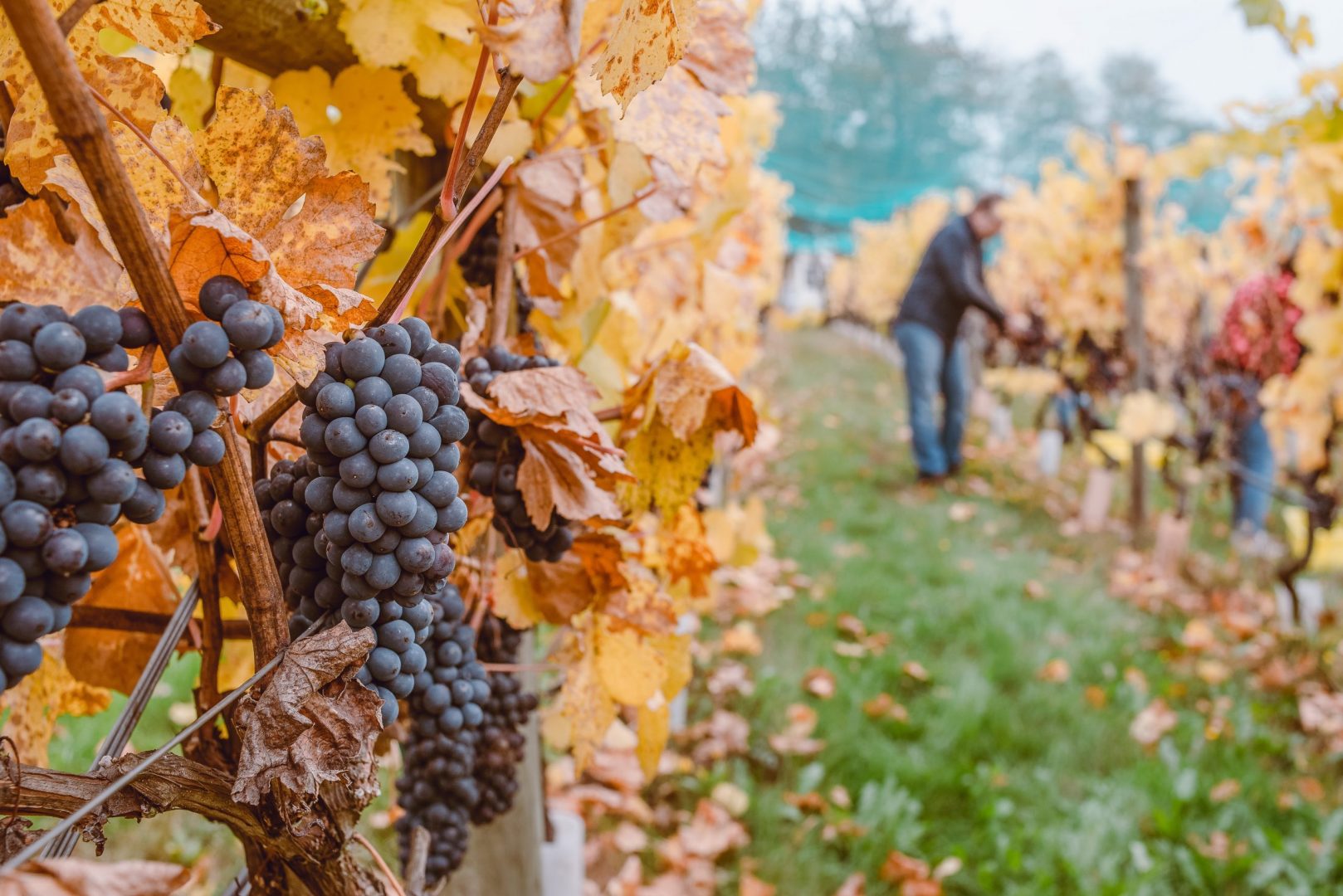
Immigration minister hints at visa extensions to help the wine industry

Zealong tea set to take off

More Kiwi’s starting ‘side hustles’
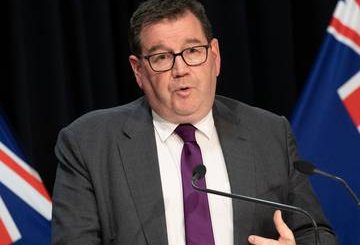
Government to increase loan size for business
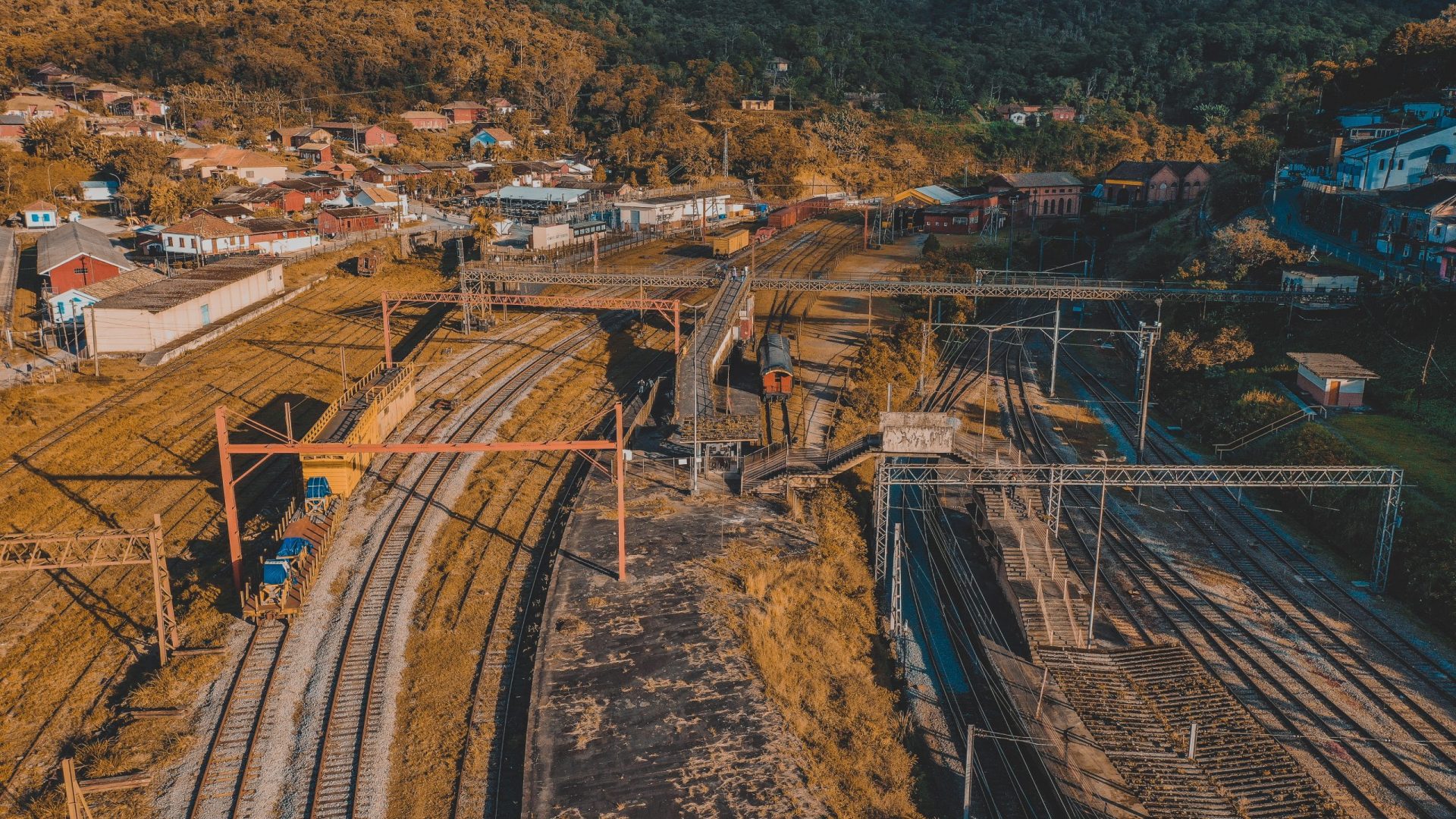
Mining company looking to expand Waihi mine
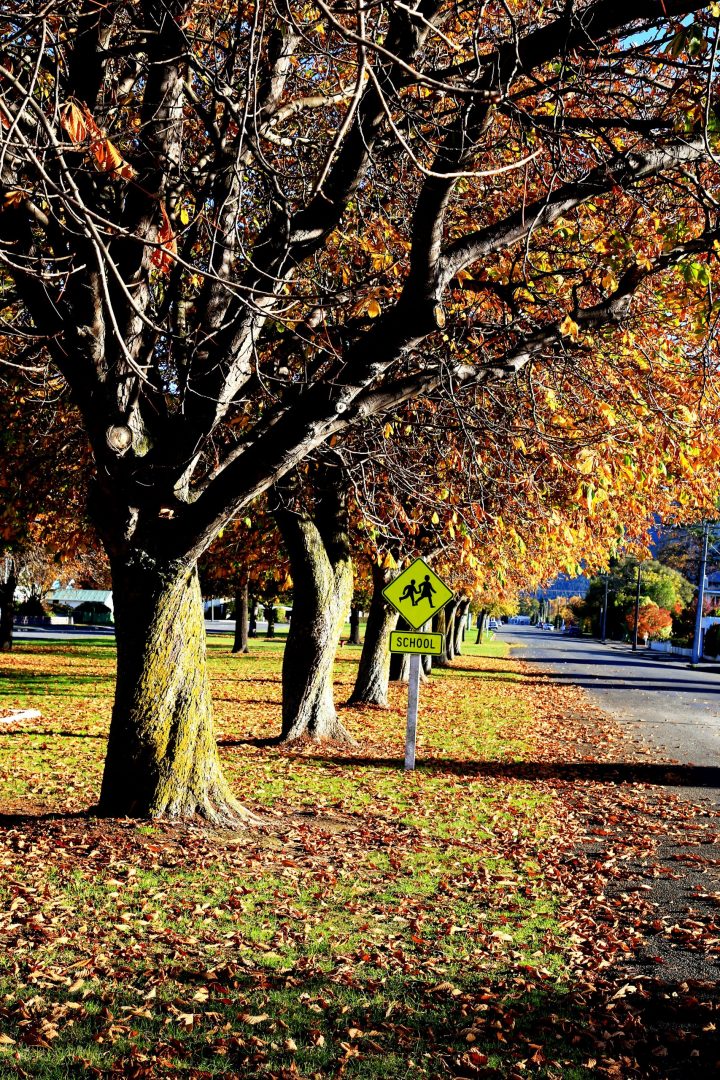
Small towns welcoming new business

Overseas seasonal worker scheme in limbo with ongoing border restrictions

Lack of house listings is driving prices up around the country
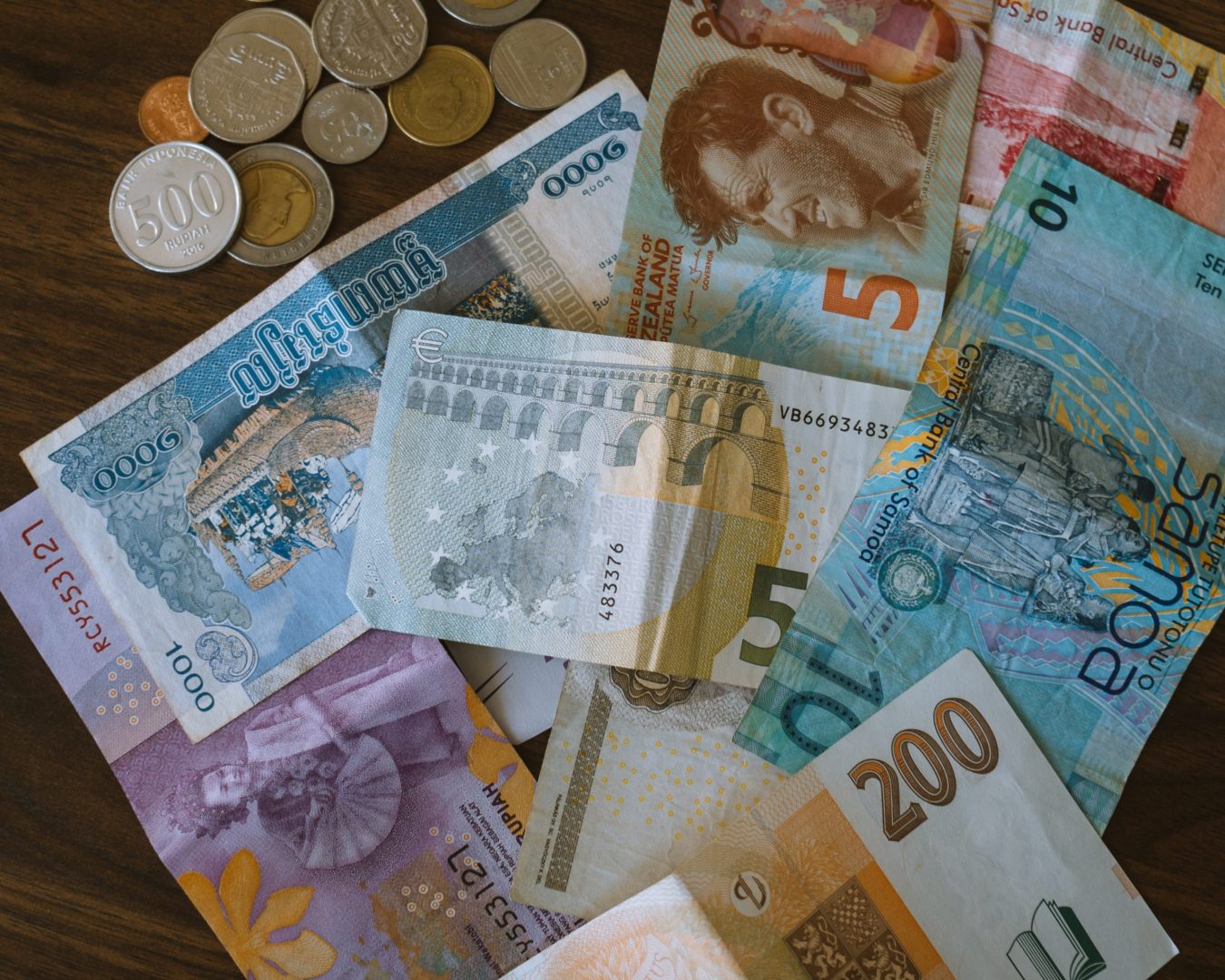
A positive sign for New Zealand’s economy, wage subsidy extension not stretched to limits

















































